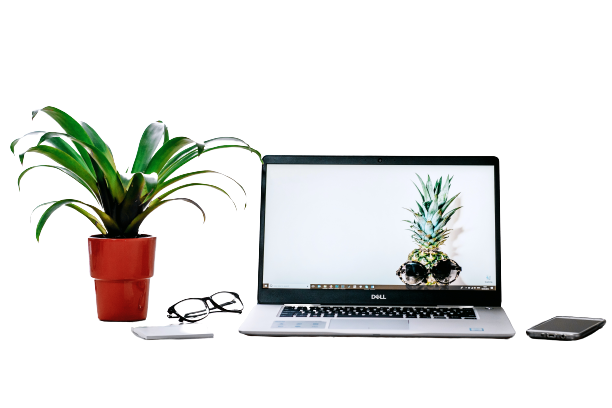There are many reasons why plants should be part of a company’s interior. Plants create more oxygen in the office, neutralize harmful chemicals in the air, and create a more comfortable, cleaner, and happier workplace. They also reduce stress and have a positive effect on the health of employees.
“It was previously known that designing your own workspace can improve health, happiness and productivity. It was time to go a step further and see if the same principle could be applied to creativity, and to investigate whether there can be improvements in the design of a workspace. The results show it. Creativity can be increased by up to 45% with plants and the design of the work environment as they improve our mental wellbeing” – comexplains psychologist Dr. Craig Knight .
Here are some ideal office plants:
1. Sansevieria
Sanseveria, African spear or Indian feather is a very resilient plant and therefore a perfect choice if you are not very experienced in horticulture. It won’t be bothered by dry air and lack of sunlight, or if you sometimes forget to water it because of work. While it won’t “kill” them, the lack of care can spoil their beauty as the patterns on their leaves become a little paler.
2. Zamia (Zamioculcas zamiifolia)
Zamia belongs to the succulent family and is a very popular houseplant. It is ideal for the work area as, according to the Feng Shui philosophy, the snake activates the fields of luck and money and absorbs negative energy. Replacement care is not a demanding task, as only basic care is sufficient. It only takes one watering a month and flies a little more frequently.
3. Crassula (Crassula ovata)
Krasula, or Japanese money tree, is a very popular choice for offices because, as the name suggests, the presence of this plant is said to attract money. There are explanations that the leaves of the plant contain essential oils that increase a person’s mental and physical alertness and activate their mental and physical abilities, resulting in better results and higher income.
4. Potos
Also known as Scindapsus and Devil’s Ivy, this creeper is related to the philodendron. Scindapsus is very easy to grow and tolerates dry air well. It tolerates subdued light and rewards you with rapid growth if you water it from time to time.
5. Cactus stick (Euphorbia tirucalli)
Its popularity owes both to its unusual appearance and to its resilience. Just like other species of cactus, this plant doesn’t require too much attention. Keep it in a bright place, but not in direct sunlight. It likes humid areas, but watering is only needed once a month. It is ideal for offices as it is not convenient to keep it around children. When they break, the branches of this plant release toxic milk, so care should be taken.
6. Areca – butterfly palm
In a NASA study, the butterfly palm was named as one of the most powerful air purification systems, particularly due to its ability to remove formaldehyde from the interior. In addition, this plant has a positive effect on the mood of the people around, which makes the room more lively and airy.
7. Lemon button fern
Ferns are great for removing harmful particles in the air – including formaldehyde, xylene, and toluene – that are believed to cause headaches, shortness of breath, and cancer cell growth. The Boston fern, which includes lemon button ferns, also combats winter drought by increasing indoor humidity.
